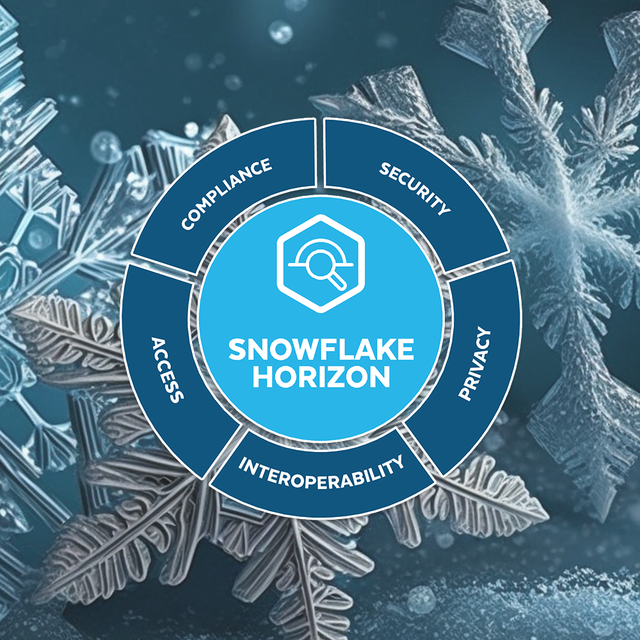
In this new series of thought leadership blogs, we will be looking at key areas of the global healthcare system, its pain-points and how Solidatus can help overcome these challenges.
As we move out of a restricted society, what does a post Covid-19 world look like for the healthcare industry and its data?
The pandemic has accelerated the digitalization process, with most organizations across the life sciences sector having to redesign their workflows to adapt to the new norm. In addition to digital growth, mergers and acquisitions (M&A) have proved to be a key trend to watch over recent decades – for example, it’s common to see big pharma leveraging these deals to power their pipeline and expansion needs.
Writing for Pharma’s Almanac (1), David Alvaro, Cynthia A. Challener & Emilie Branch explain that,
“… a biopharma company must spend $2 billion to $4 billion annually on R&D [Research & Development] to establish a meaningful pipeline of candidates. Over the long-term, most drug companies invest 20% of revenues in R&D. A revenue stream of greater than $10 billion is therefore needed to achieve successful organic growth”.
According to Informa (2), from 2010 to 2019, major biopharmaceutical deals were gathering momentum both in number and deal size, peaking in 2015 with a slight dip the following year and a continued increase until 2019.
In 2020, Statistica (3) reports a drop in M&A with 895 deals initiated, versus 1,253 the previous year. However, PwC (4) outlined their M&A activity in the second half of 2020 saw an increase of 14% compared to the second half of 2019, detailing that,
“… investors have maintained a high level of interest in the pharmaceuticals and life sciences (PLS) and healthcare services (HCS) sectors, particularly since the start of the pandemic. The sector’s historic position as a defensive refuge for investors during difficult economic times has helped attract new investor interest (for example, from infrastructure funds) and a lot of capital chasing a safe harbor. M&A deal activity and valuations are running high, and we expect this trend to continue for the next 12 to 18 months”.
Building a digital roadmap
In an interconnected world, it is vital to understand who creates, manages and uses data – a significant challenge when a vast web of data systems come together in M&As. Having been involved as an employee in several acquired organizations myself, I have often observed that beyond cultural integration, the transition of data, processes and people were key for a successful collaboration.
When organizations come together for a shared purpose, it’s important they ask key questions:
- How do we build a connected digital map of our organization’s data?
- How do we reduce complexity while driving efficiency for regulatory compliance, improved governance and transformational change?
- How do you design data management and conceptual modeling solutions that effectively manage data, people and processes?
These are the questions we have been answering for major institutions in the largest data-rich and regulated industries across the globe. For organizations in transformation, Solidatus empowers them to derive actionable intelligence from data, facilitating change and analyzing its impact while solving the challenge of future-proofing the data ecosystem.
Pharmaceutical company visualizes data flows with Solidatus
A global pharmaceutical company needed to understand its data landscape, create a single source of truth and meet regulatory demands.








